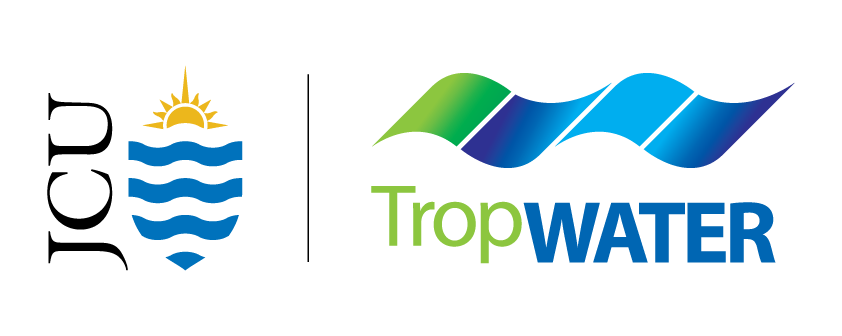
Queensland
Location
Our team is identifying sediments, nutrients, and pesticides sources and understand their transport and fate across the catchment-to-reef continuum.
We are determining priority pollutants impacting freshwater and marine ecosystems to guide targeted management interventions.
We are providing stakeholders and growers with a comprehensive dataset on pollutant sources, transport, and fate to encourage adoption of improved land practices.
Key points
Pollutant sources, transport and fate across catchment to Reef
Pollutant loads threaten freshwater and marine ecosystems
About 75 per cent of the major catchments within the Great Barrier Reef region have been modified for cropping and grazing, leading to excessive runoff of suspended sediments, nitrogen, phosphorus, and pesticides. This poses a significant threat to both freshwater and marine ecosystems.
While growers are making changes to farming practices, understanding pollutant sources, transport, and fate is critical for adopting more progressive practices, while identifying 'hotspots' is essential for targeted management strategies.
Our research provides important insights to guide these efforts effectively.
Research-informed solutions to identify pollutants runoff Great Barrier Reef
Our research focuses on understanding how suspended sediments, nutrients, and pesticides are transported across the catchment to Great Barrier Reef continuum.
This contributes to a better understanding of the catchment-to-marine connection and guides growers, managers and policymakers in interventions, improved farming practices, and prioritising remediation efforts to reduce pollutant loads.
To achieve this, we employ a comprehensive approach, utilising multiple lines of evidence including water quality monitoring, tracing, modelling, and proxy-based data analysis, including:
Refined understanding of catchment hot spots through intensified monitoring at finer scales, using advanced sensors for nitrogen inputs on cropping lands and community-based programs for sediment sources on grazing lands.
Compiling land-use-focused water quality data across specific natural management regions to pinpoint water quality issues and validate catchment models.
Conducting strategic monitoring of catchment runoff and resultant flood plumes to assess pollutant transport within the catchment network and into the Great Barrier Reef lagoon, identifying pollutant pathways.
Deployed sediment traps and turbidity/light loggers on coral reefs and seagrass meadows to understand the influences of riverine discharge events and sediment resuspension on sediment exposure regimes.
Analysing sediment cores from freshwater wetlands and major offshore deposition areas to gain insights into the fate and long-term delivery of sediments to the Great Barrier Reef lagoon.
Outcomes of water quality research
Our research has had a significant impact on understanding and managing water quality in the Great Barrier Reef catchment area.
Using multiple lines of evidence, we've refined 'hot spot' sediment sources in the Bowen-Broken-Bogie catchments of the Burdekin Basin.
Almost real-time nitrate sensors across the Russell Mulgrave, Johnstone, Tully, and Herbert basins have identified catchment 'hot spots' and engaged industries in improved management practices.
Revealed key water quality issues in the Great Barrier Reef catchment area, promoting a 'whole of catchment' approach to water quality management.
Strategic monitoring in the Burdekin River catchment calculated the trapping efficiency of the Burdekin Falls Dam, establishing sediment budgets and developing an algorithm for predicting sediment trapping in tropical reservoirs.
Characterised sediments in riverine flood plumes, prioritising the fine sediment fraction (< 20 µm) for better management.
Provided empirical evidence supporting remote sensing and modelling research, showing reduced water clarity following elevated riverine discharge.
Offshore sediment cores from the Burdekin region reveal active sediment accumulation changes over the past 200 years, linked to European modification of the catchment.
Research support







Research leads










